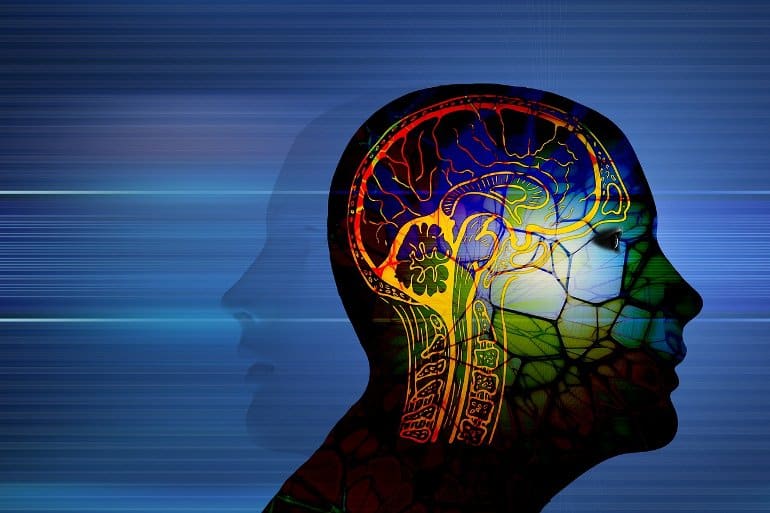
Brain changes in autism are comprehensive throughout the cerebral cortex rather than just particular areas thought to affect social behavior and language, according to a new UCLA-led study that significantly refines scientists’ understanding of how autism spectrum disorder (ASD) progresses at the molecular level.
The study, published today in Nature, represents a comprehensive effort to characterize ASD at the molecular level...
Read More








Recent Comments